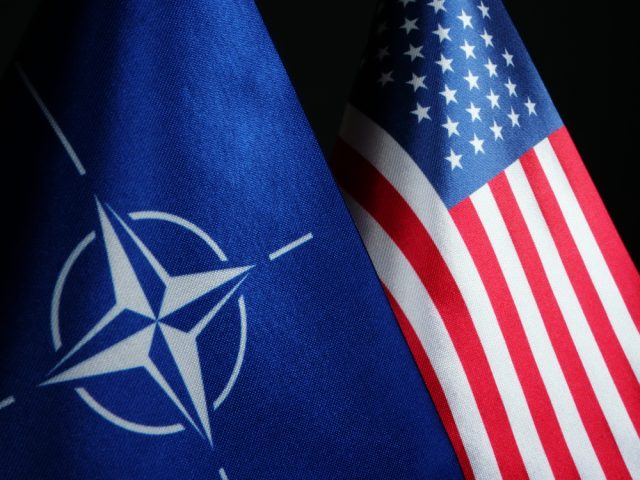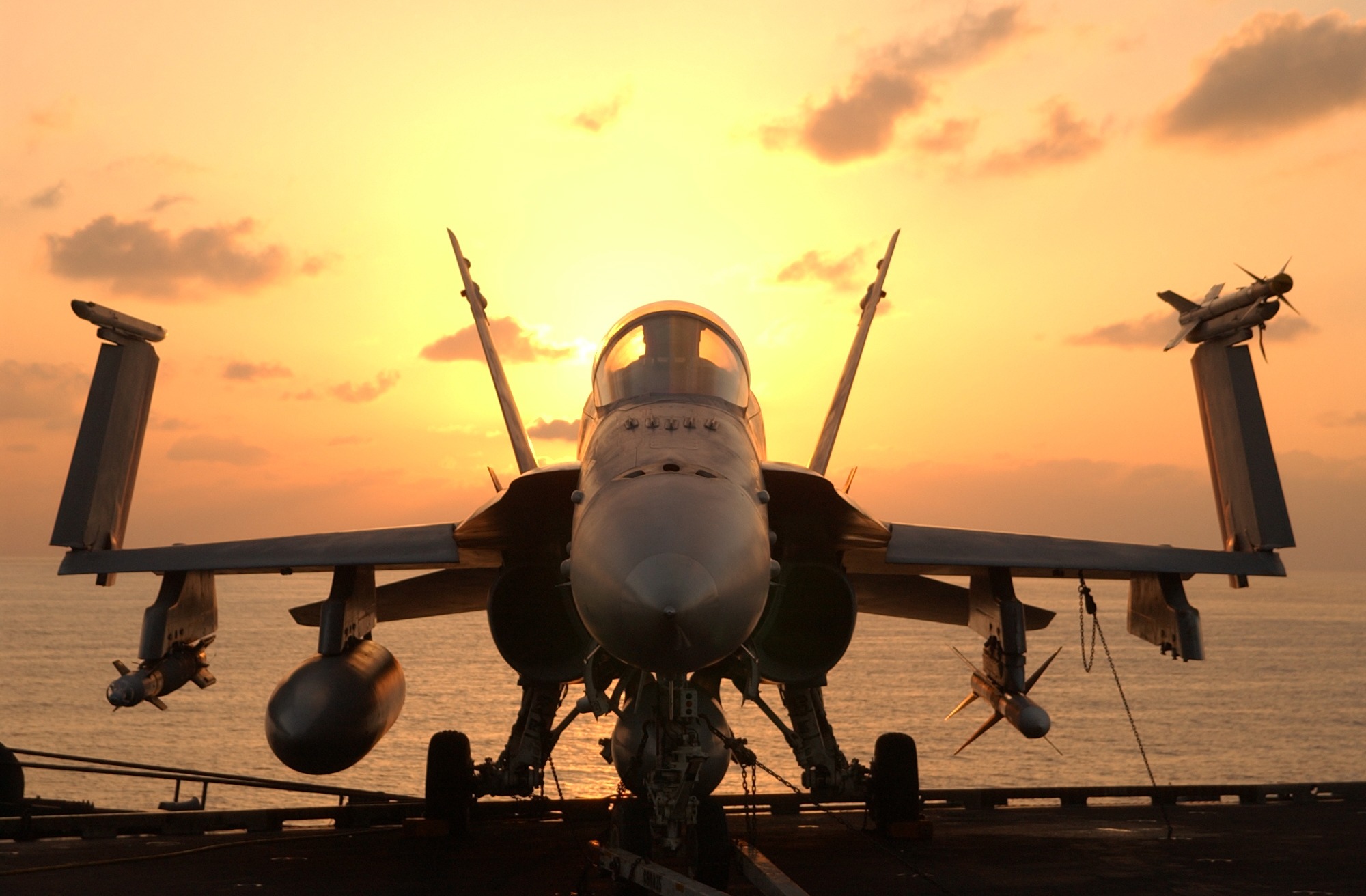
A new military alliance, created by the US to build a wall against China, is taking shape with increasing precision in the very year that the North Atlantic Treaty Organisation celebrates its 75th anniversary. On the anniversary, speeches by NATO officials stress that the alliance is stronger than ever, its partners more united than ever and more determined to face together the security challenges of today’s complicated global political and military environment. Beyond the official speeches, however, the North Atlantic alliance’s main partners seem to have different concerns. The US seems to have “had enough” of the Russian-Ukrainian war, which is taking place light years away from its own borders, and has shifted its attention to the Pacific, where another powerful enemy – China – needs to be contained. Europe, on the other hand, no longer trusts the determination of its partner across the Atlantic to defend it and is preparing to face the nearby enemy – Russia – alone.
Europe needs the US, the US needs Europe
The US and Europe must stay together because “that’s how we are stronger and safer,” NATO Secretary General Jens Stoltenberg said at an anniversary event dedicated to the alliance that has been the world’s primary security guarantee for the past seven and a half decades.
“Two world wars, the Cold War and every challenge we have faced have shown that we need each other. Europe needs America. At the same time, North America needs Europe. I don’t believe in the concept of an isolated America any more than I believe in an isolated Europe. We are stronger together and more secure,” said Stoltenberg, whose term will end before the end of this year.
In its 75 years of existence, NATO has gone through numerous crises and emerged “whole” from many political disputes between leaders on both sides of the Atlantic. But today it is clear that its much-vaunted “unity” is faltering when it comes to the war in Ukraine. The US will no longer deliver on its pledged support to bolster the Ukrainian military in the face of Moscow’s furious attacks.
However, the truth is that even European NATO member states cannot always harmonise their positions on this issue. But they all agree on the danger that Russia poses to the rest of the member states and, after decades of disbanding their armies and cutting their arms budgets, they have started to increase defence spending and recruit soldiers to defend their national territory. All these measures seem all the more urgent amid fears that the US, NATO’s main military power, could carry out its old threats to withdraw its forces from the European continent. Stoltenberg’s proposed €100bn military aid to Kiev has not excited many alliance leaders. Beyond higher costs for each country, such support would be a first in the history of the alliance, which as an organisation has so far failed to deliver arms and ammunition.

Germany prepares for the worst: NATO-Russia war in five to eight years
“We have to make ourselves capable of fighting a war,” said German Defence Minister Boris Pistorius, who announced he wanted to rebuild Germany’s army.
According to Boris Pistorius, who is one of Germany’s most popular ministers, a Russia-NATO war would be possible in five to eight years’ time, which is why Germany needs to “prepare for the worst” and be able to defend itself.
“We have to be able to fight a war,” Pistorius stressed in another interview, recently with German TV station ZDF Heute.
The scenario of a NATO-Russia war comes amid concerns in many European countries, from the Baltic states, which border the Russian Federation, to Sweden, where the civil defence minister a few months ago urged the population to prepare to defend the country’s territory. Against this backdrop comes Pistorius’ proposed army reform, which will focus on defending the country rather than the foreign missions it has carried out in foreign theatres of operation over the past decades, from Kosovo to Afghanistan, Mali and the Horn of Africa. However, for the time being, the ambitious German minister is not talking about reintroducing compulsory military service.
US focuses on the Pacific and plans parallel NATO alliance
While European leaders are forecasting a Russia-NATO war within a time horizon ranging from a few months to a few years, with a scenario in which Moscow attacks a member state and the entire alliance is drawn into the conflict on the basis of Article 5 of the treaty on collective defence, the US has shifted its attention to the Pacific. The White House has been plotting an “Asian NATO” or “parallel NATO” to deter China’s hegemonic designs. The project of a collective defence alliance in the Indo-Pacific began to be discussed a few years ago, before the outbreak of the Russian-Ukrainian war, but since 2022 it has been on the fast track, especially since there are fears in Washington that a change of power in the White House, bringing in Republican Donald Trump as president, could thwart – or even put an end to – Democrat Joe Biden’s plans, say analysts at Politico.
The need to create the new alliance is based on the new “national map” published by China, which covers several countries in the region, from India to the Philippines, Malaysia, Vietnam and Japan. In addition, Biden has repeatedly stated that the US would jump to Taiwan’s aid if it were invaded by China, whose territorial claims on the small state have long been well known.
AUKUS – the alliance to deter China
So, to deter China’s hegemonic plans, the US proposed to Britain and Australia the formation of a military alliance that became known as AUKUS. At a later stage, Canada and Japan were invited to join the alliance.
Recently, the US signed an agreement with its two AUKUS partners – Britain and Australia – to supply them with nuclear-powered submarines. Although they have given assurances that they will not be equipped with nuclear weapons, it is noteworthy that for the first time the Americans are providing other countries with this technology, which they have developed over the past 65 years. Under the agreement, the UK would receive nuclear-powered submarines from 2030 and Australia – from 2040. In the further future, under the so-called second pillar of the AUKUS treaty, the partners would intensively exchange advanced military technology. The accession of Japan and Canada – not yet agreed – is foreseen in the same pillar two of the AUKUS Treaty, with a time horizon of 2024-2025.
According to President Joe Biden, AUKUS reconfirms the strong partnership with the two English-speaking countries and the commitment to keep the Indo-Pacific region free and open. For the countries in this region, the freedom of navigation imposed by the US protects them from even greater Chinese economic pressure. This alliance of the three major powers, which is clearly aimed at countering China’s attempts at economic and military expansion in the Indo-Pacific, is seen by Beijing as the result of “a typical case of cold war mentality”. Chinese foreign ministry spokesman Wang Wenbin warned that the pact throws international relations “into a danger zone” and stressed that the sale of submarines increases the risk of nuclear war and violates the goals of the Non-Proliferation Treaty. On the other hand, the signing of the agreement with the US has antagonised Australia and France. Previously, the two had signed an agreement under which France would supply Australia with conventionally powered submarines. But the deal was cancelled.



 Subscribe
Subscribe